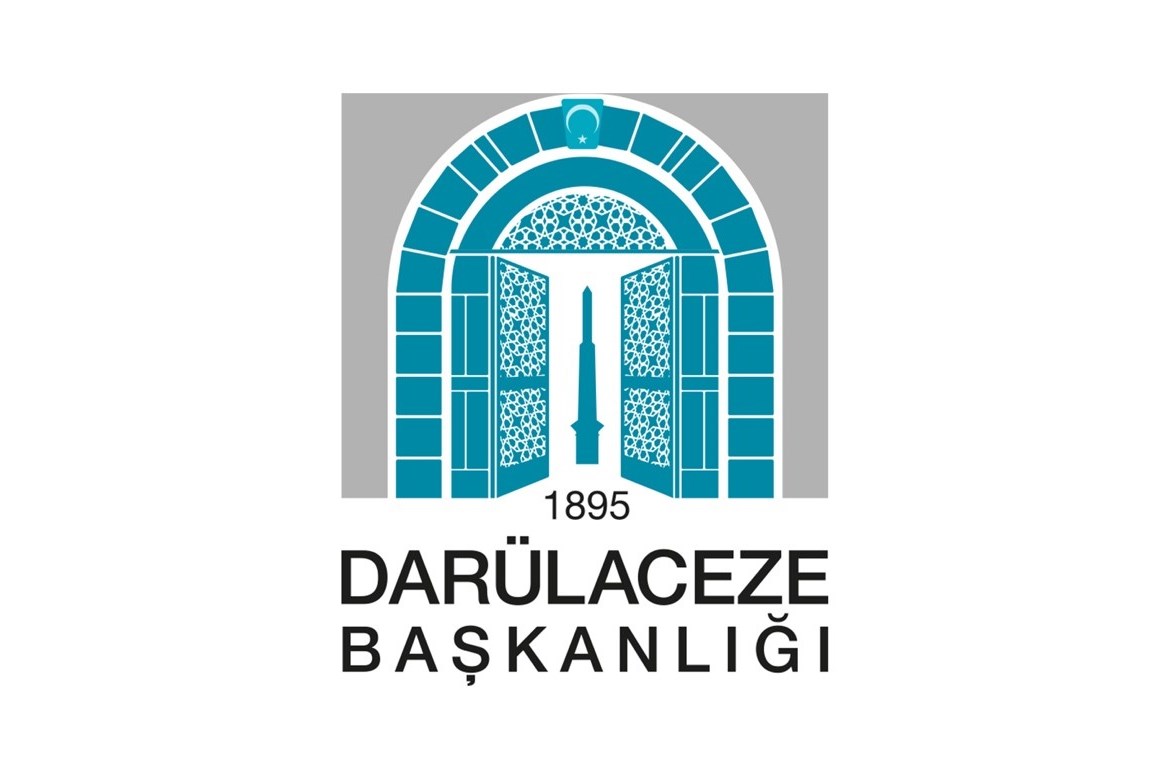Nurten Tatlıcı, wife of deceased businessman Salih Tatlıcı, and their son Uğur Tatlıcı made a
donation to Darülaceze, our century-old charitable organization, founded by Sultan
Abdulhamid II in 1895. Dr. Aylin ÇİFTÇİ, President of Darülaceze, presented a certificate of
gratitude on this occasion.
We will continue to support our charitable organizations
Regarding the donation, “The words I heard the most from my late father Salih Tatlıcı, who
supported everyone in need with love and affection, were “It makes me overjoyed to make
our elderly people and orphans happy when they are in distress and hardship.” My mother
and I are happy to support our centennial institution of Darülaceze, which was established
for such a sacred purpose and welcomes everyone in need, and be there for our elderly and
orphaned children in need. We will continue to support such charitable organizations.”
Uğur Tatlıcı said.
Centennial Nest of Compassion: Darülaceze
Darülaceze, which was founded in 1895 by Sultan Abdulhamid II, has welcomed with open
hearts a total of 72,000 people, 30,000 of whom are children, since then. Without
compromising its founding philosophy, this centuries-old institution, which embraces the
elderly, people with disabilities and in need of care, and orphaned children, regardless of
religion, language, race, class, gender, and sect, continues its existence as a very special
charity organization that is unique in the world with all these features.
Due to the importance of being a symbol of solidarity and to be able to persistently keep our
human values that have sunk into oblivion alive, philanthropists ought to maintain this
institution, which is fully supported by the donations of philanthropists and continues its
activities without being a burden to the state, despite having an organizational structure
affiliated with the state, for many centuries.
Darülaceze, which was established on a total area of 27.000 m2, includes 7 hospices, a
polyclinic, a children’s nursery, a rehabilitation center with a library, a bakery, a modern
kitchen with a capacity to cook for 3000 people, a slaughterhouse, an ice room that can store
the skins of the sacrificed animals for a year, a laundry room, and a tailor shop, printing
house, carpentry shop, shoe repair workshop, and smithery to extent it can meet the needs of
the institution.

